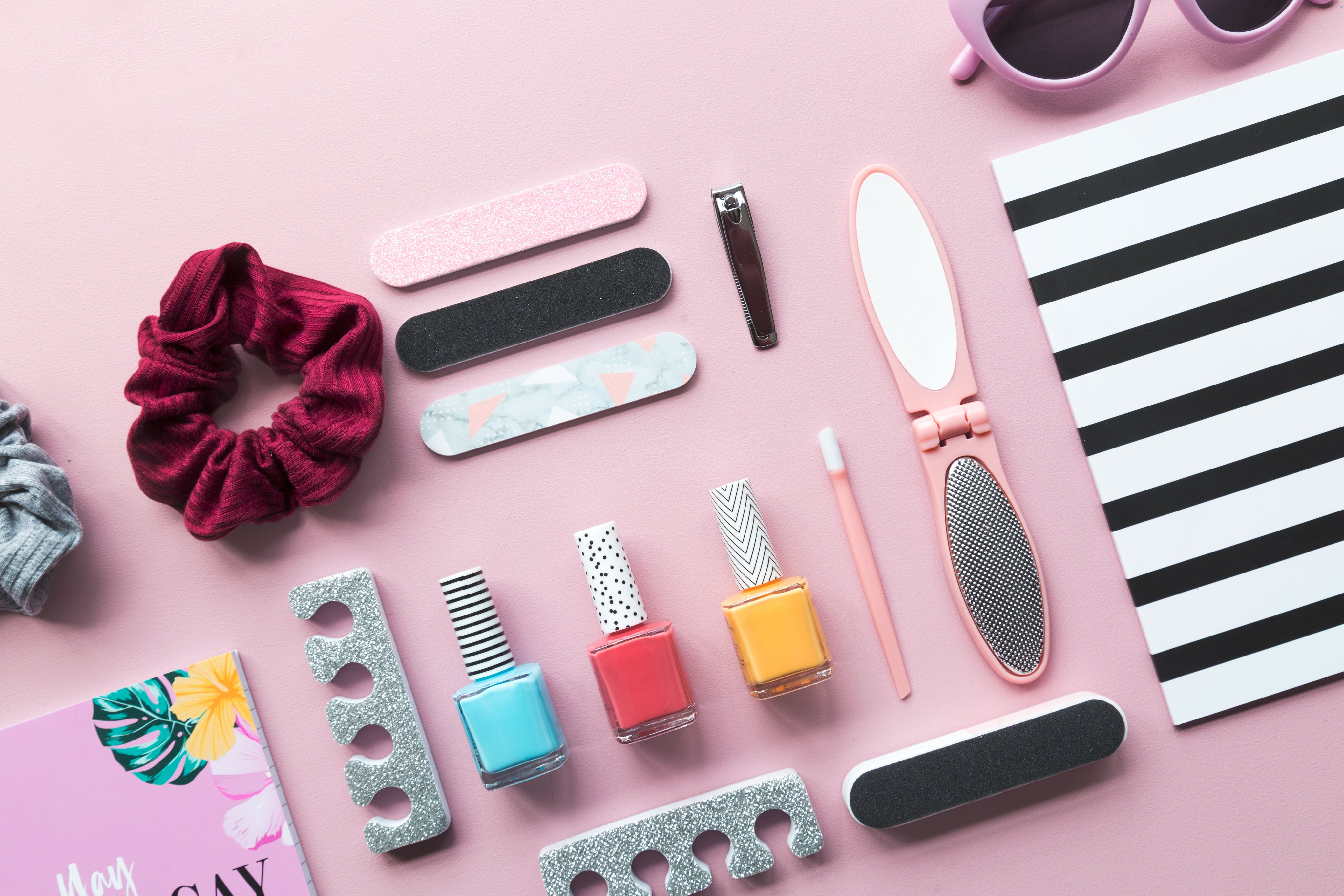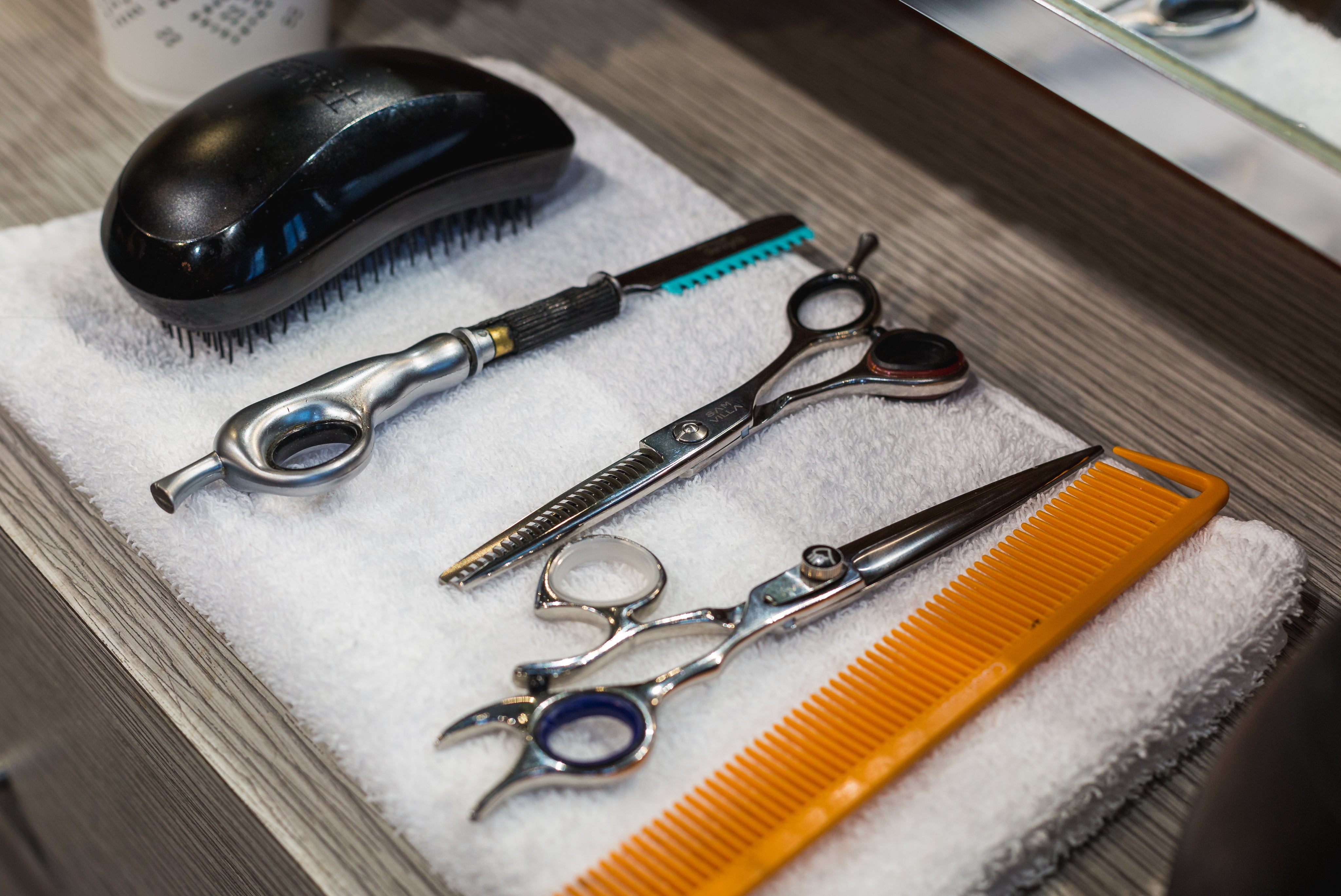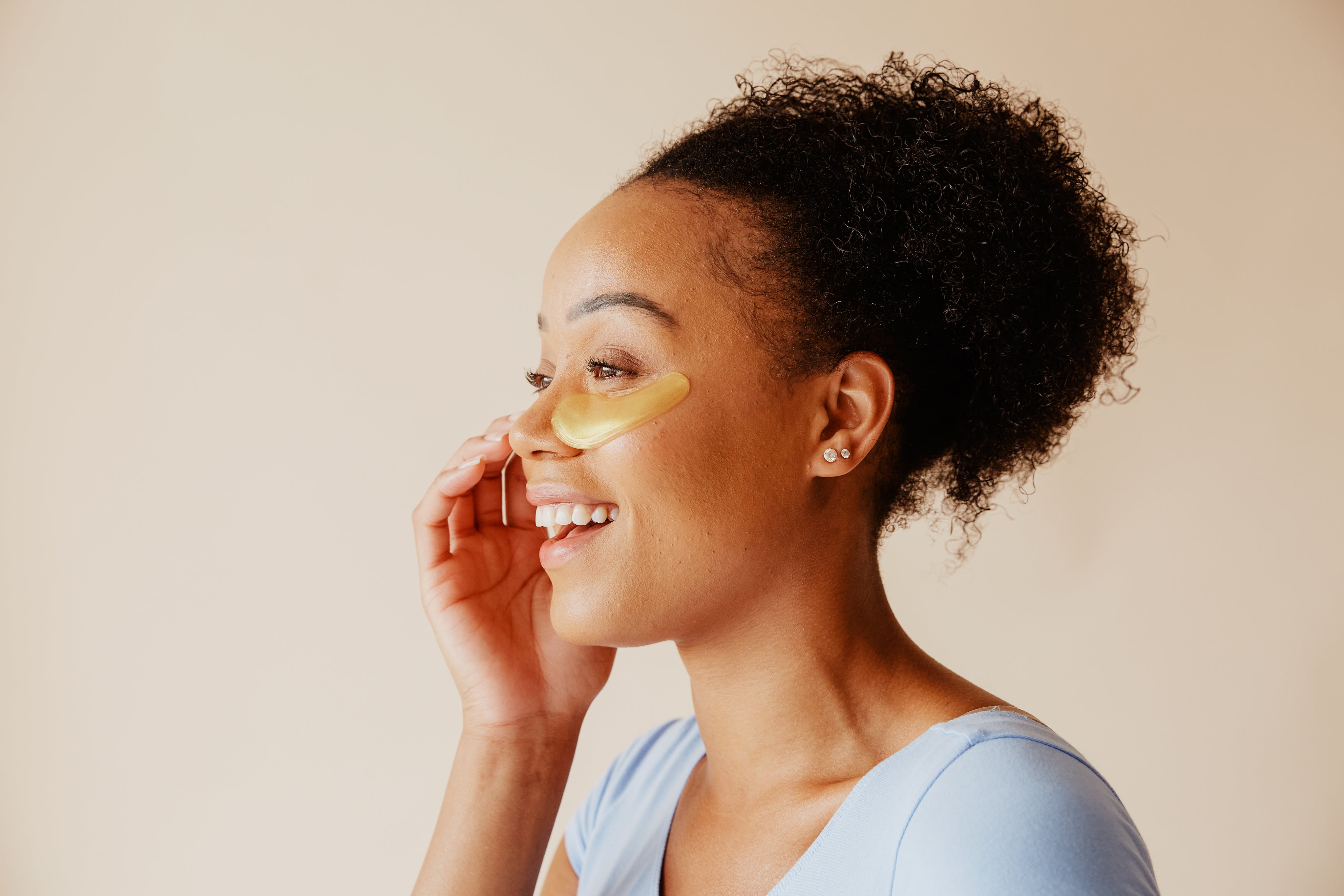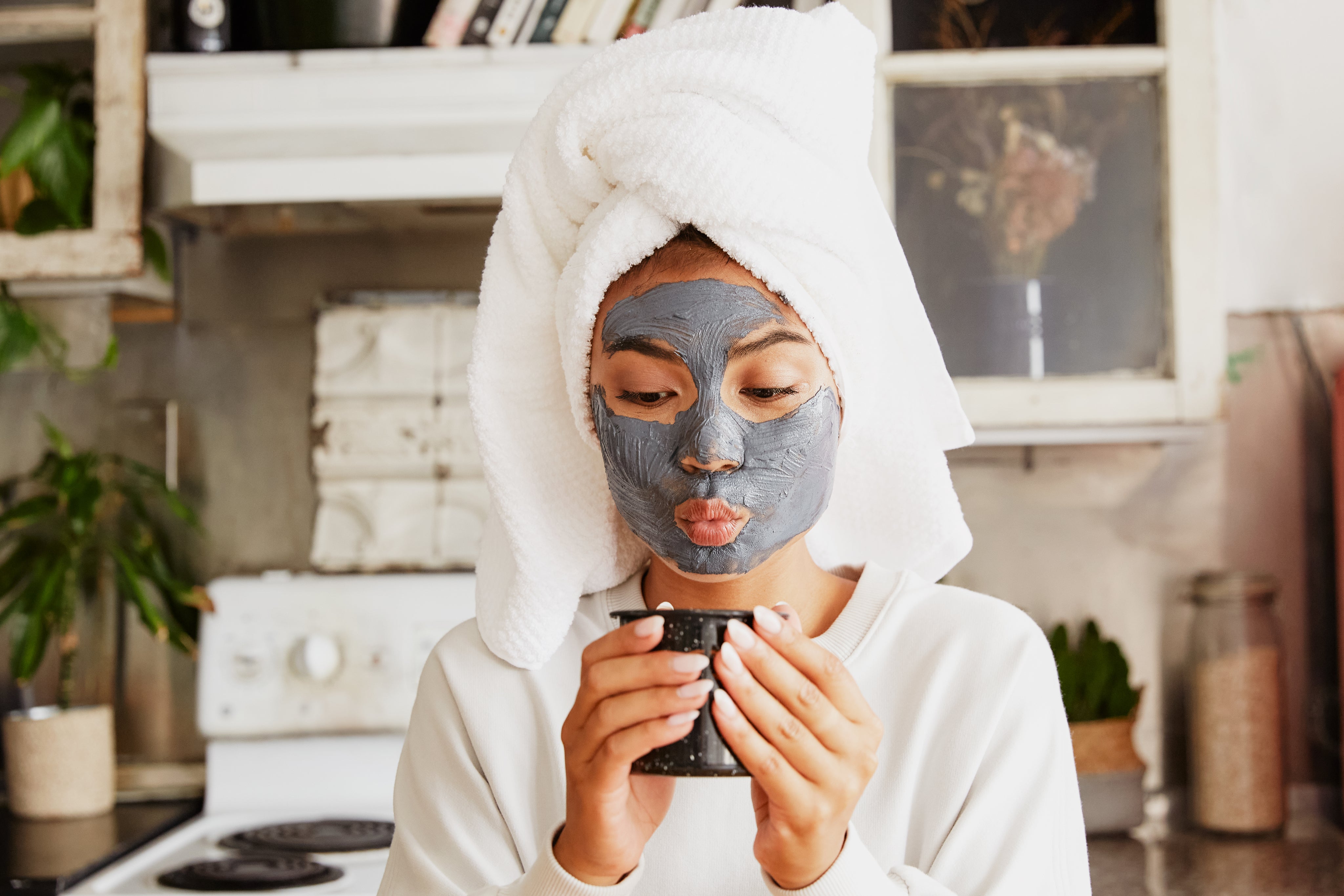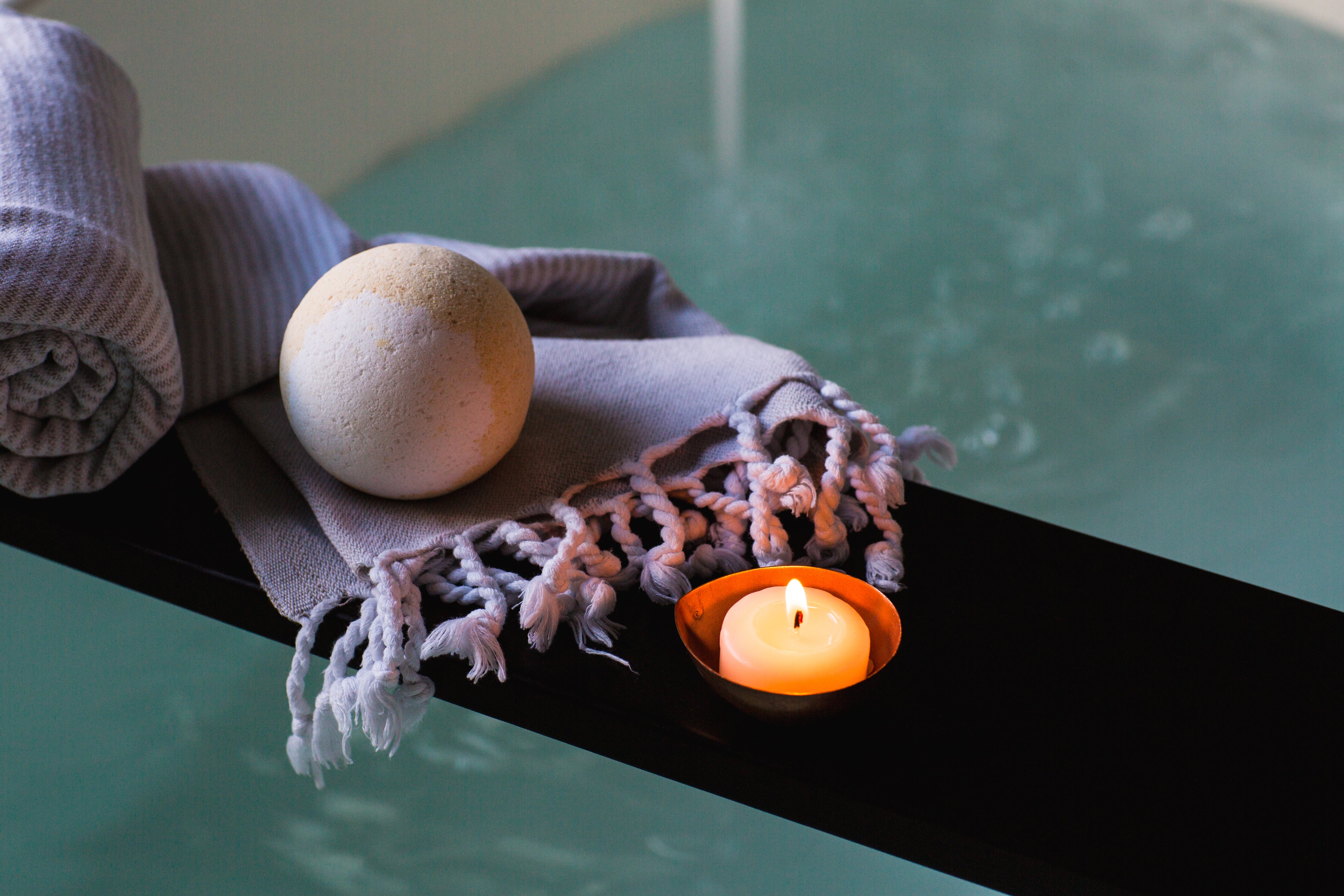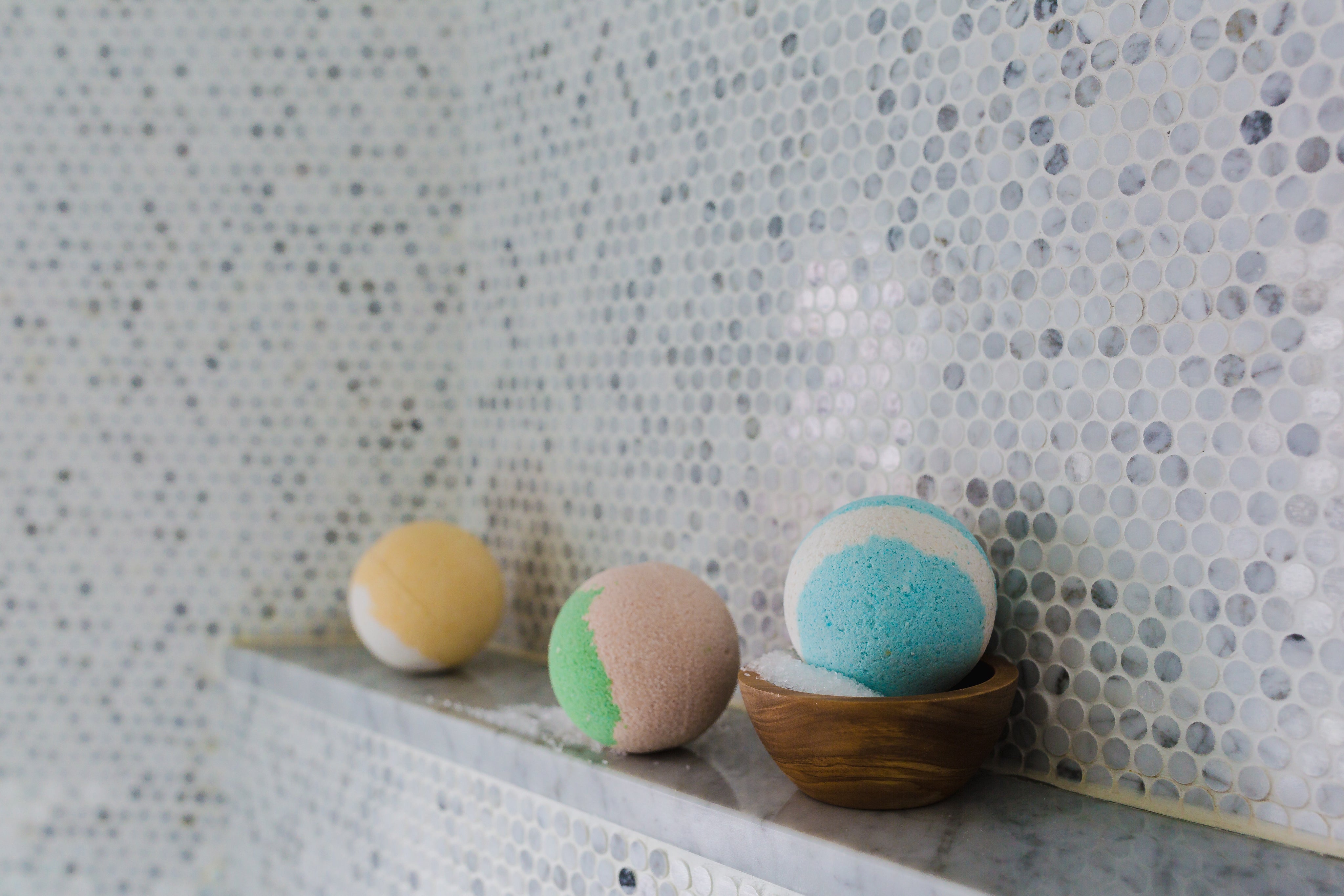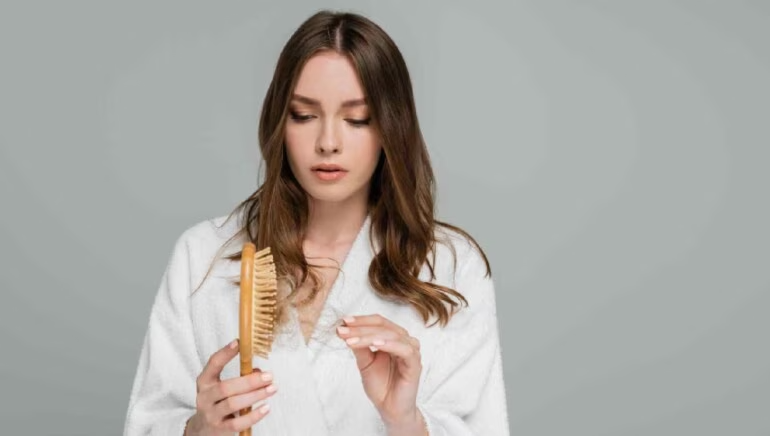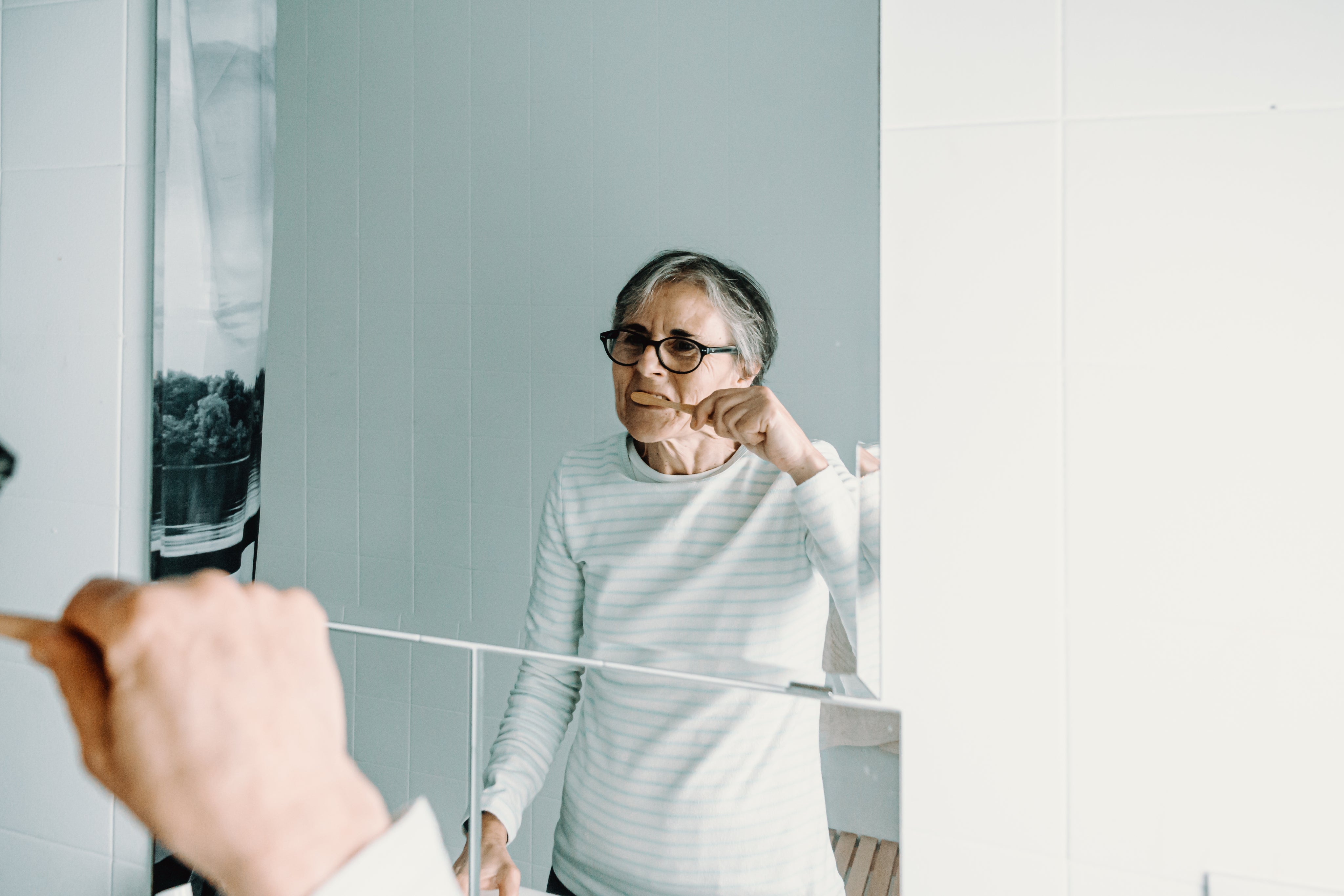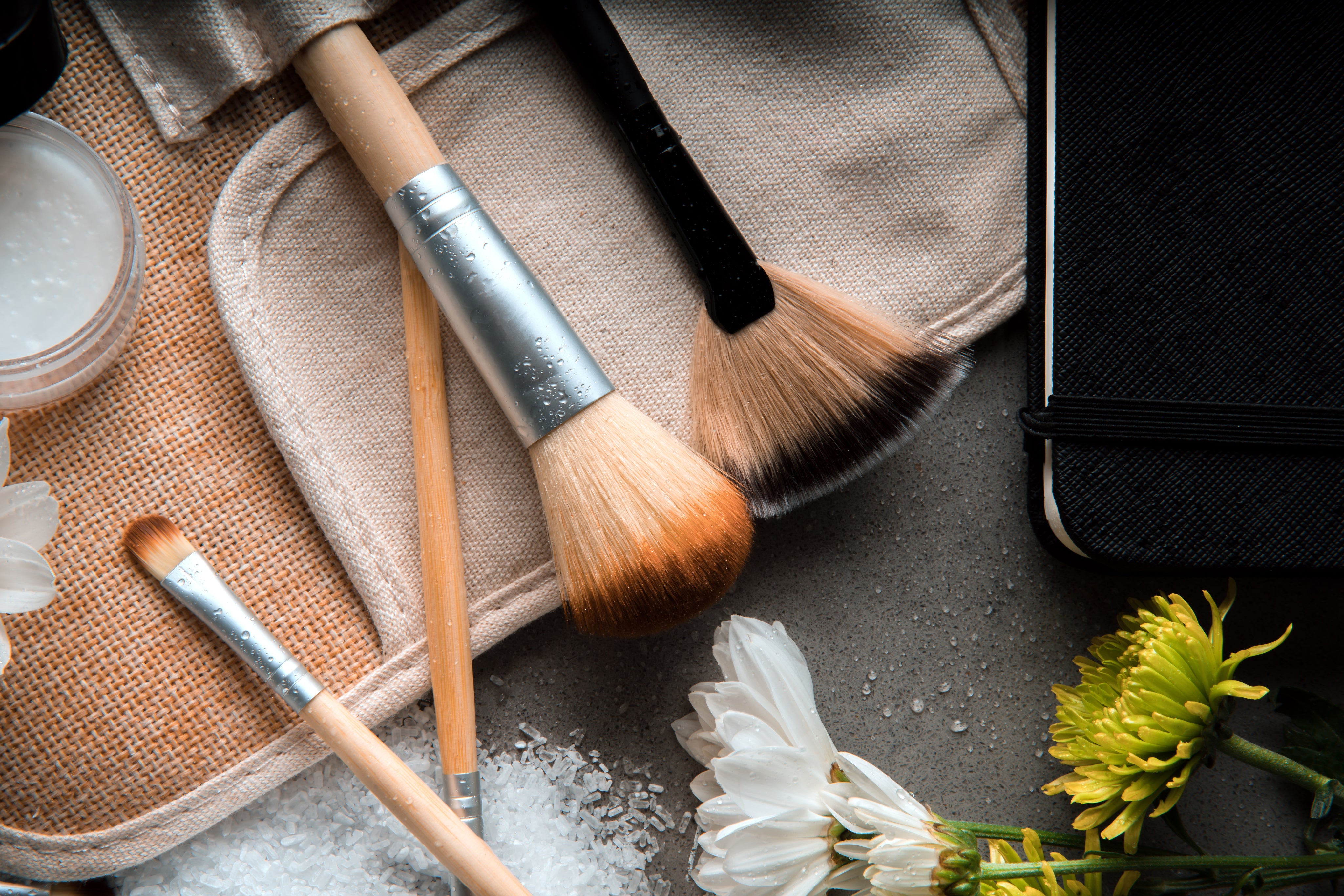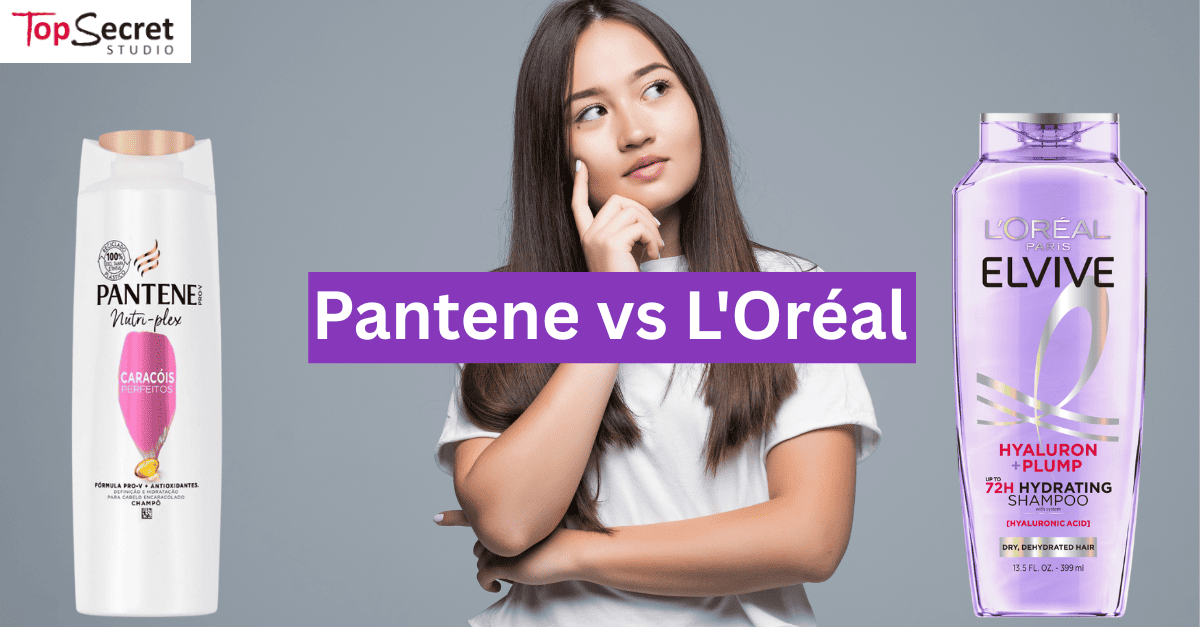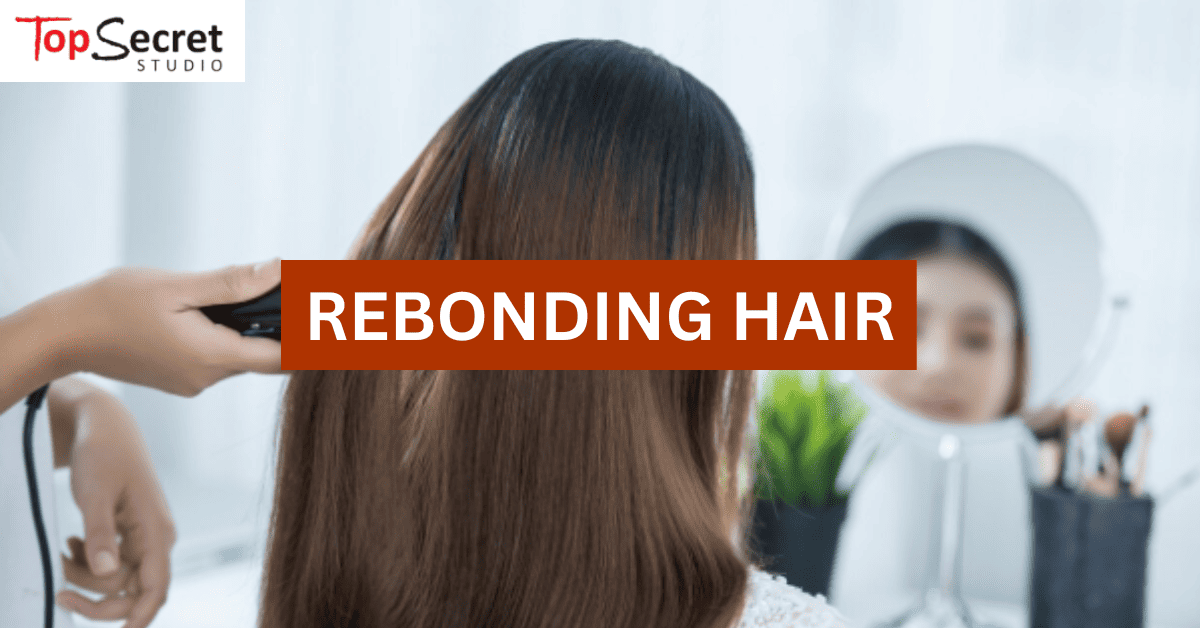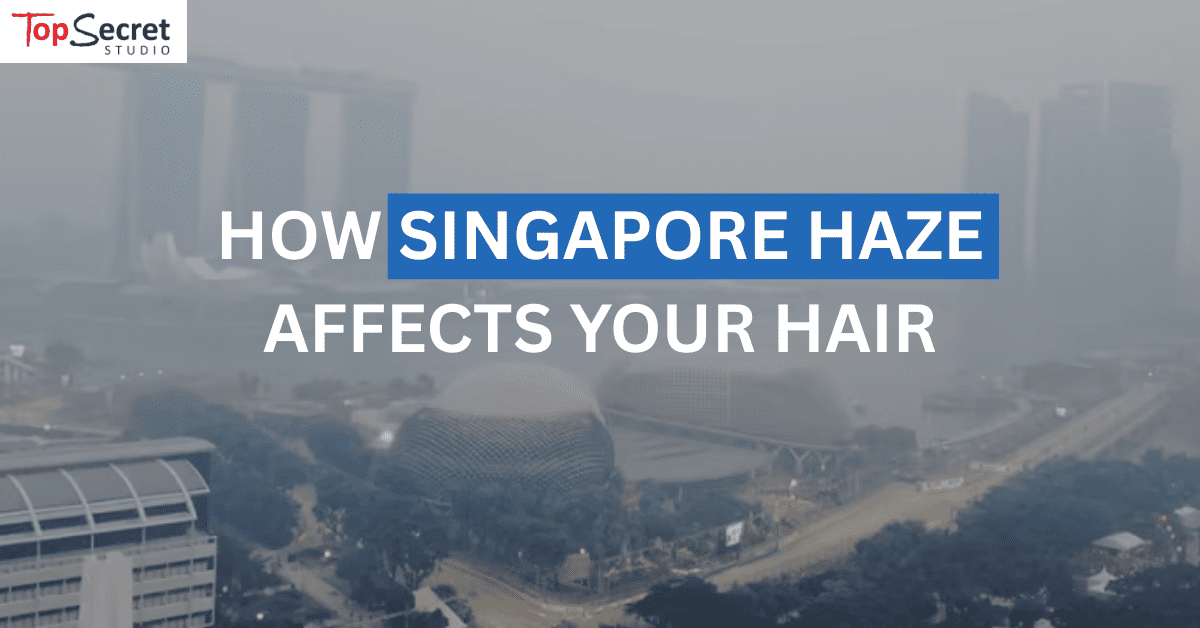
How Singapore Haze Affects Your Hair (And What to Do About It)
Well, it’s that time again.
You look outside your bedroom window and the sky is hazy grey, your throat feels scratchy, and whisk of smog the moment you step out of the commute. Your hair? Greasy by noon, frizzy by three.
Singapore’s haze season is back, and while we all know it’s bad for our lungs, your hair and scalp are quietly suffering too. Between the fine dust particles, trapped heat, and pollution levels spiking past healthy limits, your strands are taking a beating, even if you wash them daily.
So, what exactly is the haze doing to your hair care? And more importantly, what can you do about it (without over-washing or overthinking)?
Let’s break it down.
How Does the Haze Affect Your Hair & Scalp?
Singapore haze clogs your scalp, dulls your hair, and causes long-term strand damage.
1. PM2.5 Particles Clog Your Scalp
Fine particles in haze, especially PM2.5, are small enough to settle into your scalp pores and hair follicles.
- This leads to buildup, irritation, and inflammation
- Over time, it can slow hair growth or cause excess shedding
The result? It’s like dirt or dust getting into your skin, only harder to wash out.
2. Pollution Triggers Oxidative Stress
The haze is full of free radicals, unstable molecules that damage cells.
- When they cling to your hair, they oxidise the cuticle, causing dryness and brittleness
- It also weakens your strands, making them prone to breakage and split ends
- Hair becomes less resilient to heat, styling, and even gentle brushing
“You may notice your hair suddenly feels weaker, even though you haven’t changed your routine.” Stylist from REDS hair salon JB.
3. Hair Holds Onto Odours
Your hair is like a sponge, hence why moisturisers and conditioners work so well. Conversely, harmful chemicals will do the exact opposite.
- Smoke, dust, and haze cling to the cuticle and stay there, even after one rinse
- This leads to a musty or smoky smell that returns quickly
- You may notice your hair “feels dirty” just hours after washing
4. Humidity + Pollution = Scalp Stress
Haze often comes with hot, humid weather, which is the perfect storm for stressing your scalp out.
- In hot days, you’ll naturally sweat more, but the pollutants block natural evaporation
- This creates a damp, congested environment on your scalp
- Result: grease, flaking, or fungal flare-ups
5. It Weighs Down Volume and Shine
Pollution doesn’t just dirty your scalp, it leaves behind an invisible film that coats each strand. Even if your hair feels clean, that fine haze residue builds up, weighing everything down.
-
Shine disappears. Your hair loses its natural gloss because the cuticle is no longer smooth or reflective.
-
Volume vanishes. Lightweight strands get pulled flat from the extra grime and moisture in the air.
- Styling fails. Hairsprays, volumisers, and curl creams just don’t grip and your style falls apart by mid-day.
In the end, your hair will look tired, flat, and unpolished, no matter how much effort you put in.
Hair Products That Help Against Haze
You can’t stop the haze, but you can shield your hair with the right hair product. Use gentle cleansers, protective leave-ins, and scalp-rebalancing formulas to keep damage at bay.
1. Shampoos That Detox Without Drying You Out
The first step to haze-proof hair is a shampoo that deep cleans without irritation. During haze season, your scalp is battling micro-pollutants, oil, sweat, and trapped smoke, a basic shampoo won’t cut it.
What to look for:
- Charcoal to absorb toxins and fine particles
- Green tea or niacinamide to calm inflammation
- Peppermint to refresh and improve circulation
What to avoid:
- Strong sulphates, which strip natural oils and worsen sensitivity
- Artificial fragrance, which can trigger itching and dryness
What works: A formula like Davines Purifying Shampoo balances detox power with scalp care. It uses dandelion root and natural surfactants to lift away buildup while staying gentle on sensitive skin.
Tip: Use detox shampoos 2–3 times per week, alternating with your regular wash.
2. Scalp Serums That Calm & Cleanse Like Skincare
Pollution stresses your scalp and it reacts like any irritated skin: with flakes, itchiness, or sensitivity. A scalp serum helps rebalance the microbiome and unclog follicles that may be suffocated by haze residue.
What to look for:
- Salicylic acid or BHA to dissolve oil plugs
- Tea tree or witch hazel to purify without over-drying
- Peptides to support healthy follicle activity
What to avoid:
- Heavy oils or thick serums that trap more heat and sweat
What works: Briogeo Scalp Revival Charcoal + Tea Tree Serum combines detoxifying charcoal with calming botanicals. It helps lift impurities while instantly cooling itchy or inflamed areas, ideal for daily commuters.
Tip: Apply at night to clean scalp, or as a pre-shampoo treatment during very hazy days.
3. Leave-In Creams That Shield from Airborne Damage
Most of us focus on taming our frizz or “refreshing” our scalp with heat protectants, but during haze season, your leave-in should also act like a physical barrier against fine particles.
What to look for:
- Anti-pollution polymers to prevent PM2.5 from embedding in strands
- Vitamin E and glycerin to smooth the cuticle and hold in moisture
- Film-forming botanicals like moringa or algae extracts for lightweight defence
What to avoid:
- Waxy textures or rich creams that attract dirt or build up residue
What works: Kérastase Chronologiste Thermique Leave-In uses abyssine and vitamin E to create an invisible seal against haze, UV, and humidity, without weighing your hair down.
Tip: Apply to towel-dried hair before blow-drying or air-drying to build your daily haze shield.
4. Hair Mists That Refresh and Deodorise on the Go
When your hair feels flat, smells smoky, or just needs a quick “reset,” a good hair mist is your best friend, especially if you spend time outdoors and need a casual spray.
What to look for:
- Anti-odour agents like zinc salts or botanical enzymes
- UV filters to block sun + haze combo damage
- Humidity control polymers to tame frizz midday
What to avoid:
- Alcohol-based sprays, which dry out the cuticle and create more breakage
What works: Aveda Protective Hair Veil is ultra-light and travel-friendly. It shields hair from environmental stress while neutralising odour and static, perfect for your desk drawer or bag.
5. Weekly Masks That Reset & Repair From the Inside
Even if you’ve protected your hair all week, the buildup of pollution takes its toll, it's inevitable. A weekly hair mask helps you undo the internal damage: restore hydration, smooth texture, and strengthen bonds weakened by oxidative stress.
What to look for:
- Keratin or ceramides to rebuild structure
- Bamboo extract, algae, or glycerin for deep hydration
- Fatty acids to soften and reinforce elasticity
What to avoid:
- Overuse of protein-heavy masks , these can make fragile hair feel stiff or crunchy
What works: We recommend Christophe Robin Cleansing Purifying Scrub with Sea Salt as it doubles as a detox + deep treatment. It exfoliates the scalp, rebalances oil, and preps hair to absorb nourishing treatments more effectively.
Tip: Use once a week. Follow up with your favourite repairing conditioner or Fino hair mask for best results.
Haze Haircare Routine
During haze season, your usual hair routine may not cut it. Pollution and humidity change your scalp’s behaviour and so your haircare must adapt. It sounds like a hassle and admittedly it can be, but the things we do for fantastic hair right?
Morning Routine (Shield & Prevent)
Your goal in the morning? Minimise exposure and lock in moisture before stepping outside.
Lightweight Leave-In Cream or Serum
Apply a leave-in that forms a protective film over your strands.
- Look for: Anti-pollution, UV-filtering formulas
- This creates a barrier against PM2.5 and frizz
Apply from mid-lengths to ends to avoid weighing down the roots.
Anti-Odour or Anti-Frizz Hair Mist
Use a hair mist to control humidity, tame static, and refresh scent.
- Spray before leaving the house or after commuting
- Choose one that adds shine while shielding from haze
Gentle Styling (Or None at All)
Avoid heavy products that attract pollutants (gels, waxes).
- Tie hair loosely or use a silk scarf if you’re outdoors for long periods
- Avoid exposing freshly heat-styled hair to open haze,it’s more vulnerable
Evening Routine (Detox & Reset)
After a full day out and endless meetings, cleansing and calming your scalp is key.
Detox Shampoo or Clarifying Scrub (2–3x/week)
Rinse away pollutants, sweat, and oil buildup with a gentle detox shampoo.
- Massage thoroughly into roots , focus on the scalp, not the ends
- Don’t over-scrub: let the ingredients do the work
Calming Scalp Serum
Apply a light serum post-wash to soothe irritation and rebalance oil production.
- Ingredients like tea tree, BHA, or niacinamide work well after haze exposure
- Focus on itchy, flaky, or oily zones
Hydrating Conditioner or Leave-In
Always follow your wash with a moisture-repair step to seal the cuticle
- If you shampooed, use a lightweight conditioner
- On no-wash days, a light mist or leave-in serum will help rebalance texture
Conclusion: How to Protect Your Hair from Haze in Singapore (Without Losing Your Mind)
Haze season might be rough on your lungs (wear a face mask and hydrate), but your hair doesn’t have to suffer too. When the PSI spikes and your scalp starts acting up, a few smart swaps in your routine, plus the right products can make all the difference.
At Top Secret, we believe great hair shouldn’t depend on the weather. That’s why we’ve curated products that don’t just survive haze conditions, they work better in them.
Whether it’s a clarifying shampoo, a leave-in barrier, or a midday mist that saves your style, we’ve got everything you need to haze-proof your routine.
Frequently Asked Questions About Hair Care During Haze Season in Singapore
Can haze really cause hair loss?
Yes, prolonged exposure to haze can clog hair follicles and irritate the scalp, which may lead to temporary hair shedding or increased sensitivity. This is especially common if you're already prone to scalp issues or oil imbalance.
How Often Should I Wash My Hair During Haze Season?
2 to 3 times a week with a gentle detox shampoo is usually enough. You want to remove pollutants and sweat without over-drying your scalp. On non-wash days, a light mist or leave-in product can help refresh your strands.
What Ingredients Help Protect Hair From Air Pollution?
Look for ingredients like charcoal, green tea, niacinamide, and vitamin E. These help remove buildup, soothe the scalp, and form a protective barrier against fine particles like PM2.5.
Why Does My Hair Feel Greasy And Dirty Faster During Haze?
Haze particles cling to your hair and scalp, trapping sweat, oil, and odour. This makes your hair feel dirty even if you just washed it, especially if you’re outdoors or commuting often.
Should I Still Use Hair Oils Or Styling Wax During Haze Season?
It’s best to avoid heavy oils and waxes during haze. They tend to attract and hold onto pollution particles, which can worsen buildup and make your hair look limp or greasy.
Can I Still Dye Or Bleach My Hair When The Haze Is Bad?
You can, but it’s not ideal. Haze can amplify dryness, making your hair more vulnerable to damage. If you do colour, follow up with nourishing masks and a leave-in protector that seals the cuticle.

